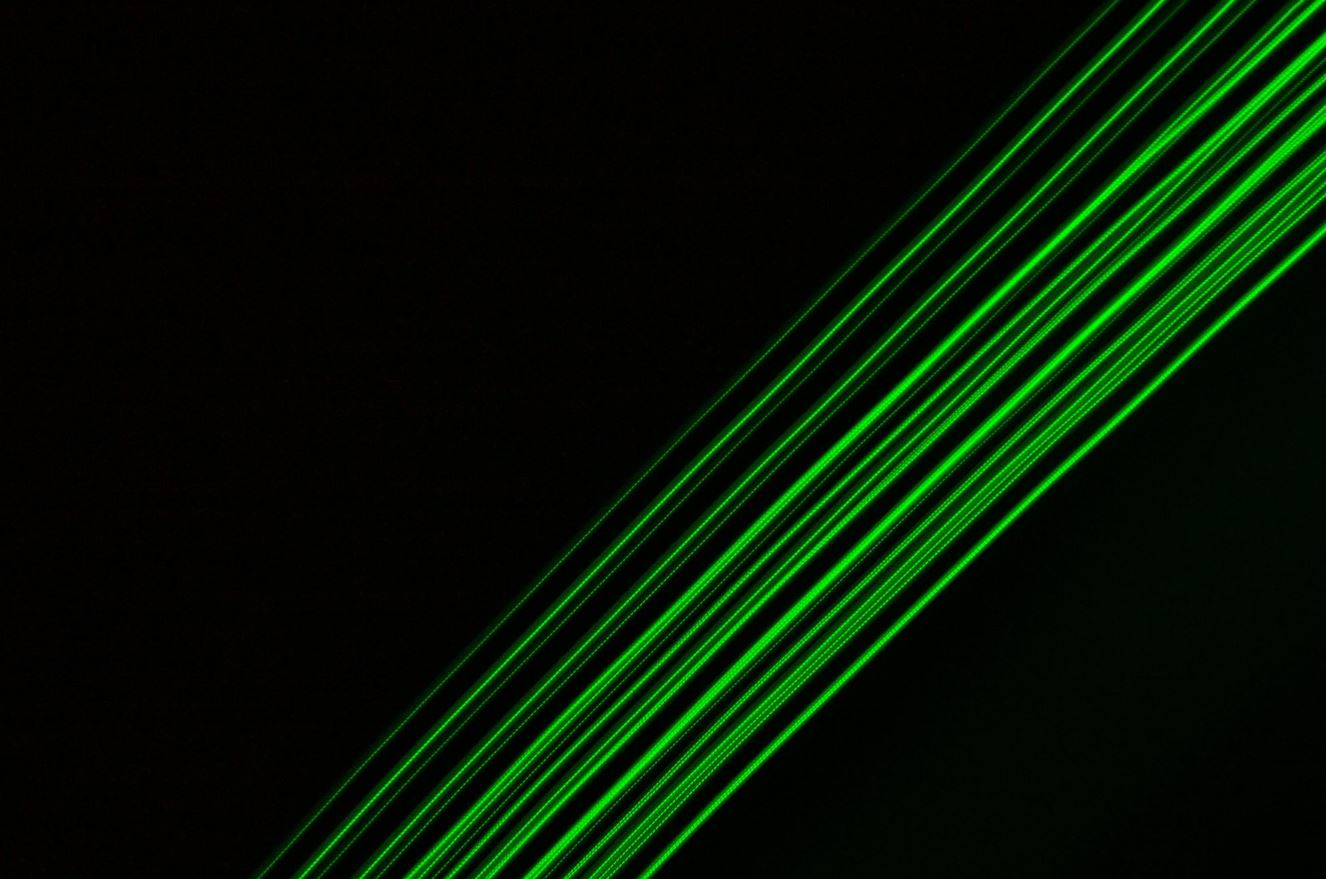 Green lasers are making waves across many sectors, thanks to their pinpoint precision, minimal heat impact, and standout visibility. Jack Shaw from Modded shows us how these tools, once limited to research labs, now play a vital role in micromachining, medical imaging, renewable energy, and environmental sensing.
Green lasers are making waves across many sectors, thanks to their pinpoint precision, minimal heat impact, and standout visibility. Jack Shaw from Modded shows us how these tools, once limited to research labs, now play a vital role in micromachining, medical imaging, renewable energy, and environmental sensing.
Operating at 532 nanometres, green lasers are particularly striking because our eyes are more sensitive to green light. That said, their brilliant visibility means they tend to use more energy, often requiring rechargeable systems to maintain performance without frequent interruptions.
In precision manufacturing, these lasers are a real asset. They excel at micromachining materials like glass and silicon wafers—especially those that can’t handle too much heat. This capability not only ensures accurate cuts in microelectronics but also enhances the efficiency of photovoltaic cells during material processing.
They’re equally impressive in welding. When working with reflective metals such as copper and silver, green lasers absorb energy more effectively, cutting down waste and improving weld quality while keeping environmental impacts to a minimum.
The medical field benefits from their exactness too. Green lasers are used in a variety of treatments—from safe retinal photocoagulation to addressing vascular lesions and even triggering light-sensitive drugs in certain cancer therapies—making them a trusted choice for many procedures.
Biophotonics and imaging also reap rewards from green lasers. With high-contrast illumination in fluorescence microscopy and DNA sequencing, these lasers provide the clarity essential for tasks in molecular biology and pharmaceutical research.
The ongoing miniaturisation of green laser diodes is opening up new opportunities in wearable health devices and portable diagnostics. This progress is paving the way for more accurate surgical welding and minimally invasive procedures, ultimately leading to lighter, efficient tools for continuous health monitoring.
Green lasers also have a pivotal role in Light Detection and Ranging (LiDAR) systems—especially bathymetric LiDAR used to map underwater terrains. Their ability to penetrate water means that the collected data is both richer and more reliable.
In renewable energy, green lasers help optimise the formation of perovskite thin films, boosting the efficiency of photovoltaic cells. This eco-friendly processing approach hints at exciting developments in solar technology on the horizon.
With ongoing technological advancements, green lasers are set to become even smaller and more efficient. Their potential now extends to areas such as enhanced medical treatments, improved underwater communication, and even quantum computing, with integrations into AI, IoT, and robotics promising more precise and autonomous operations.
Ultimately, green lasers are evolving from niche tools to essential components in diverse industries. Their blend of precision, efficiency, and ecological responsibility offers a practical path toward innovation that doesn’t compromise on quality.








